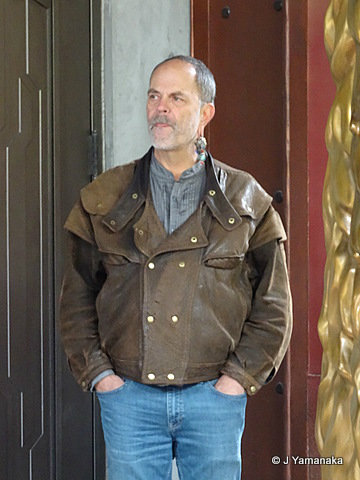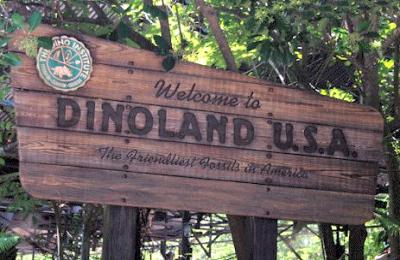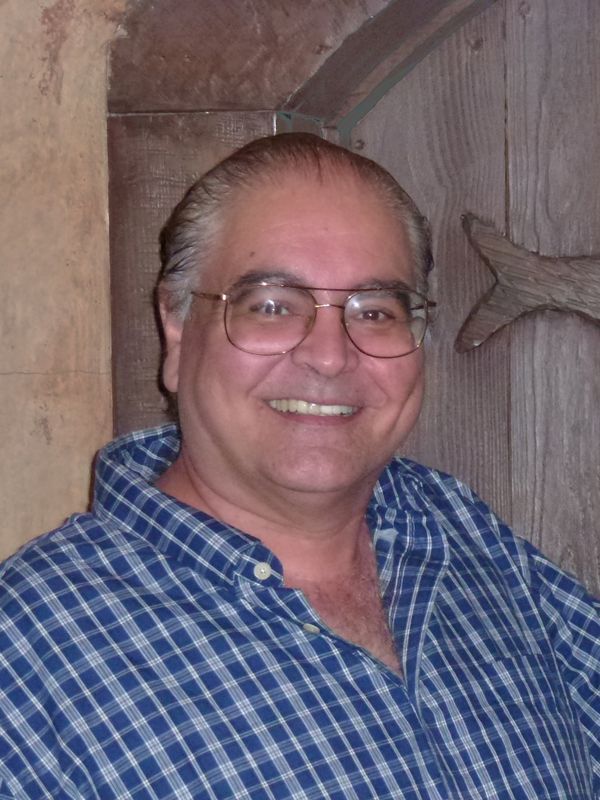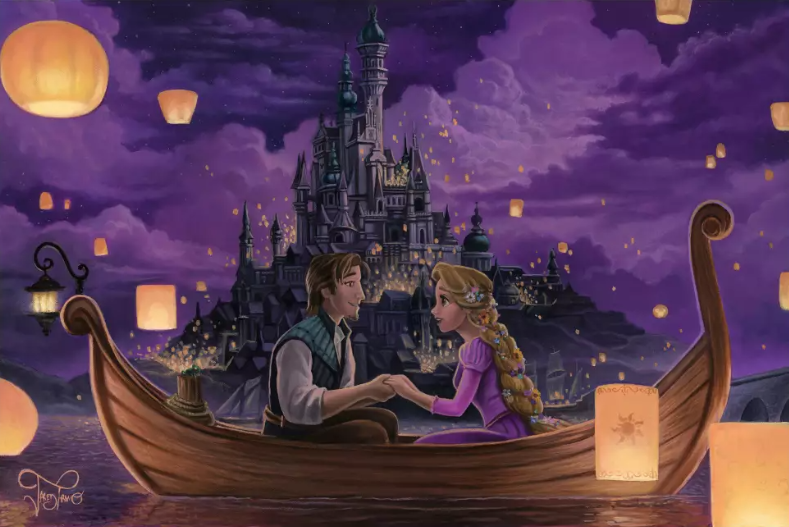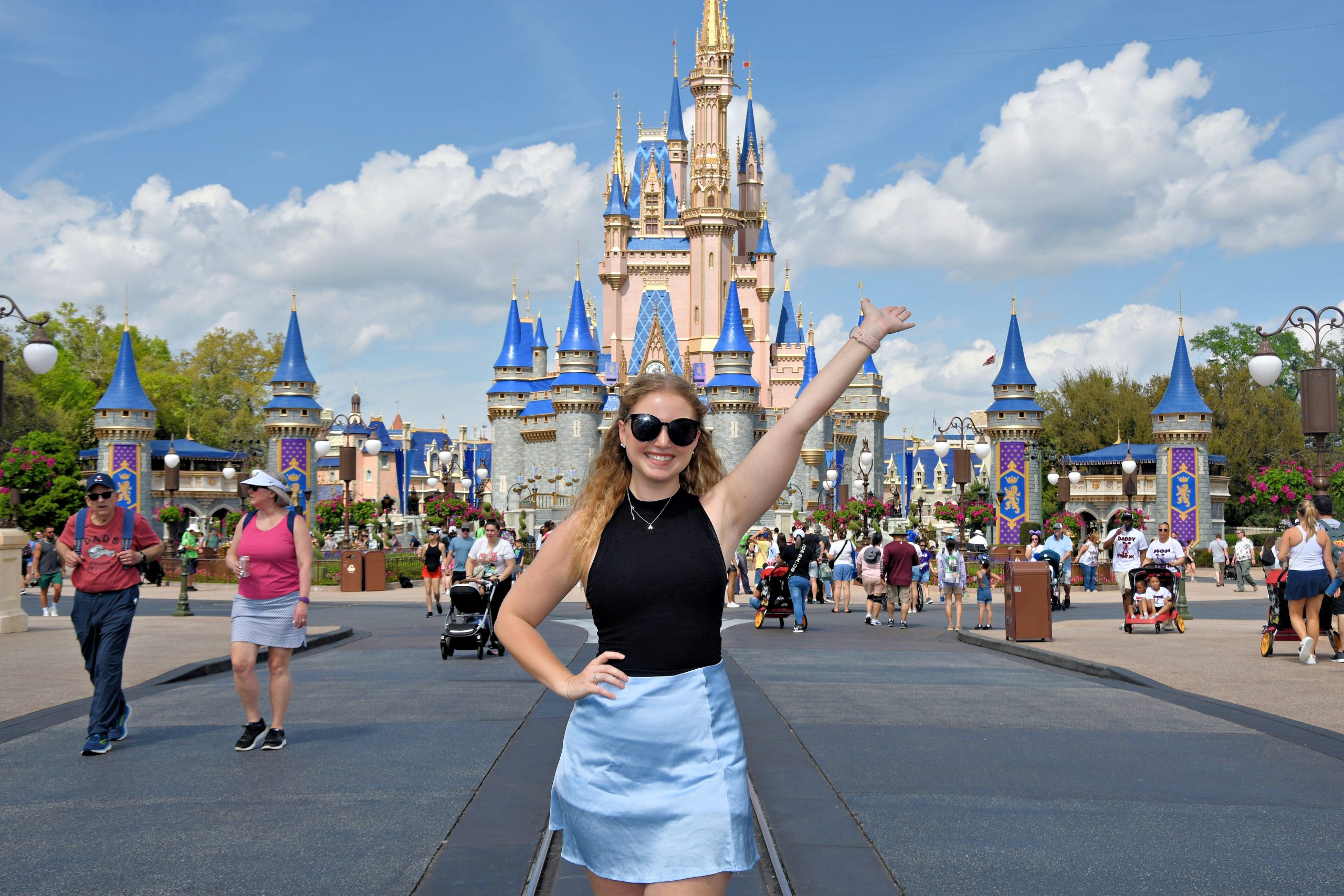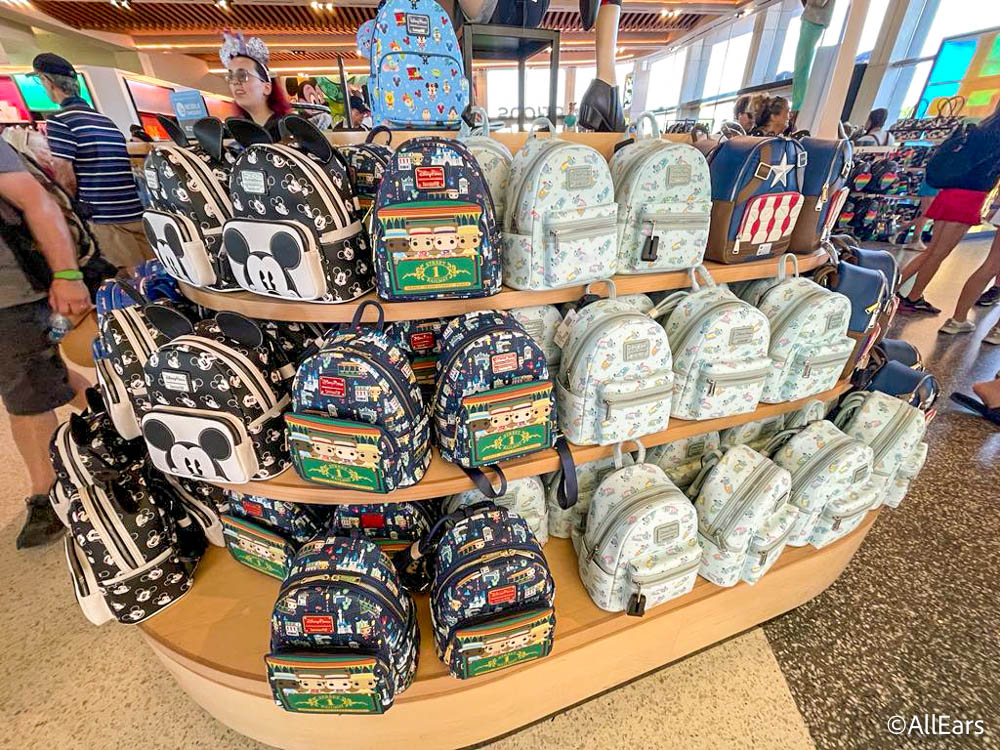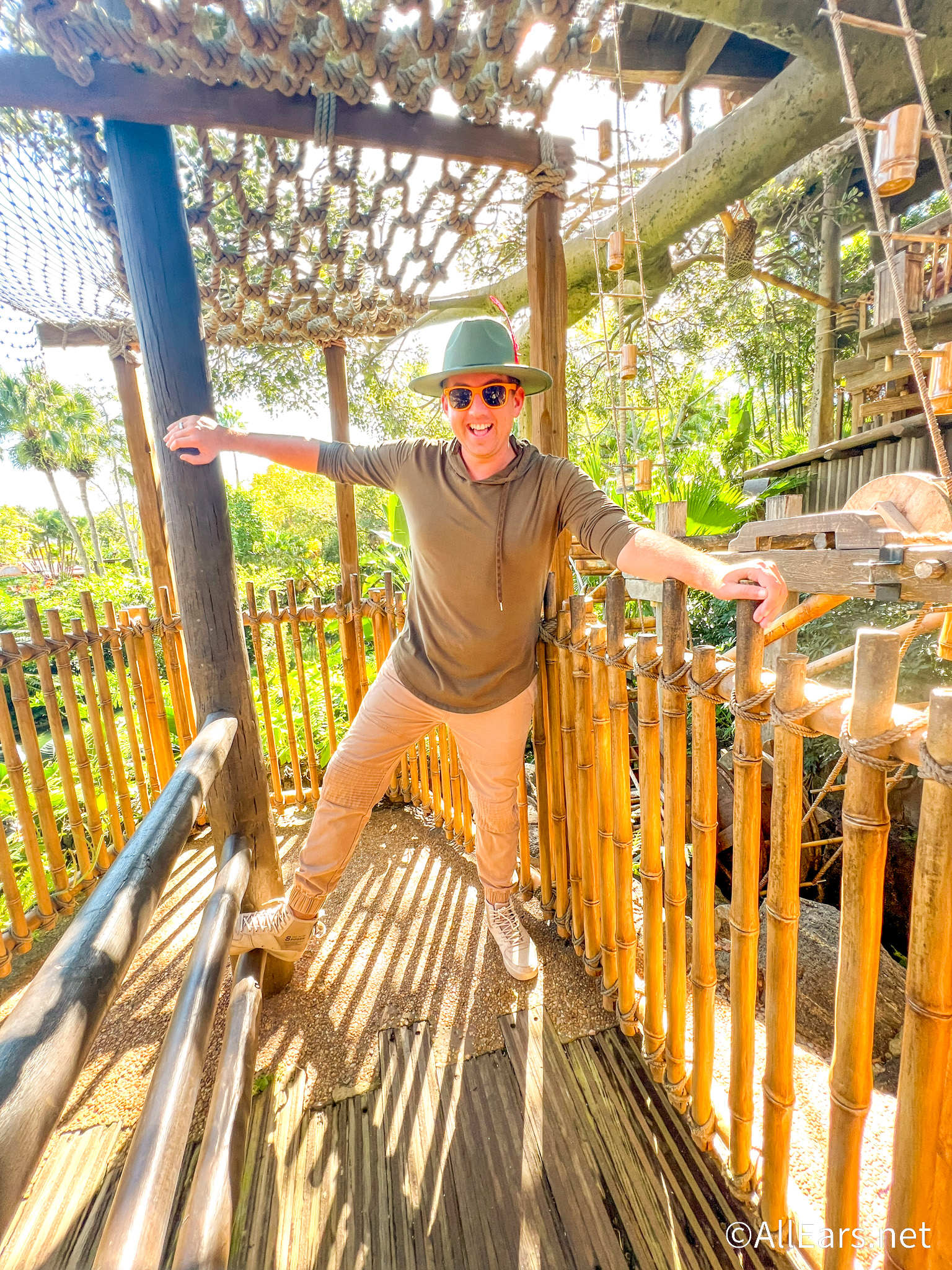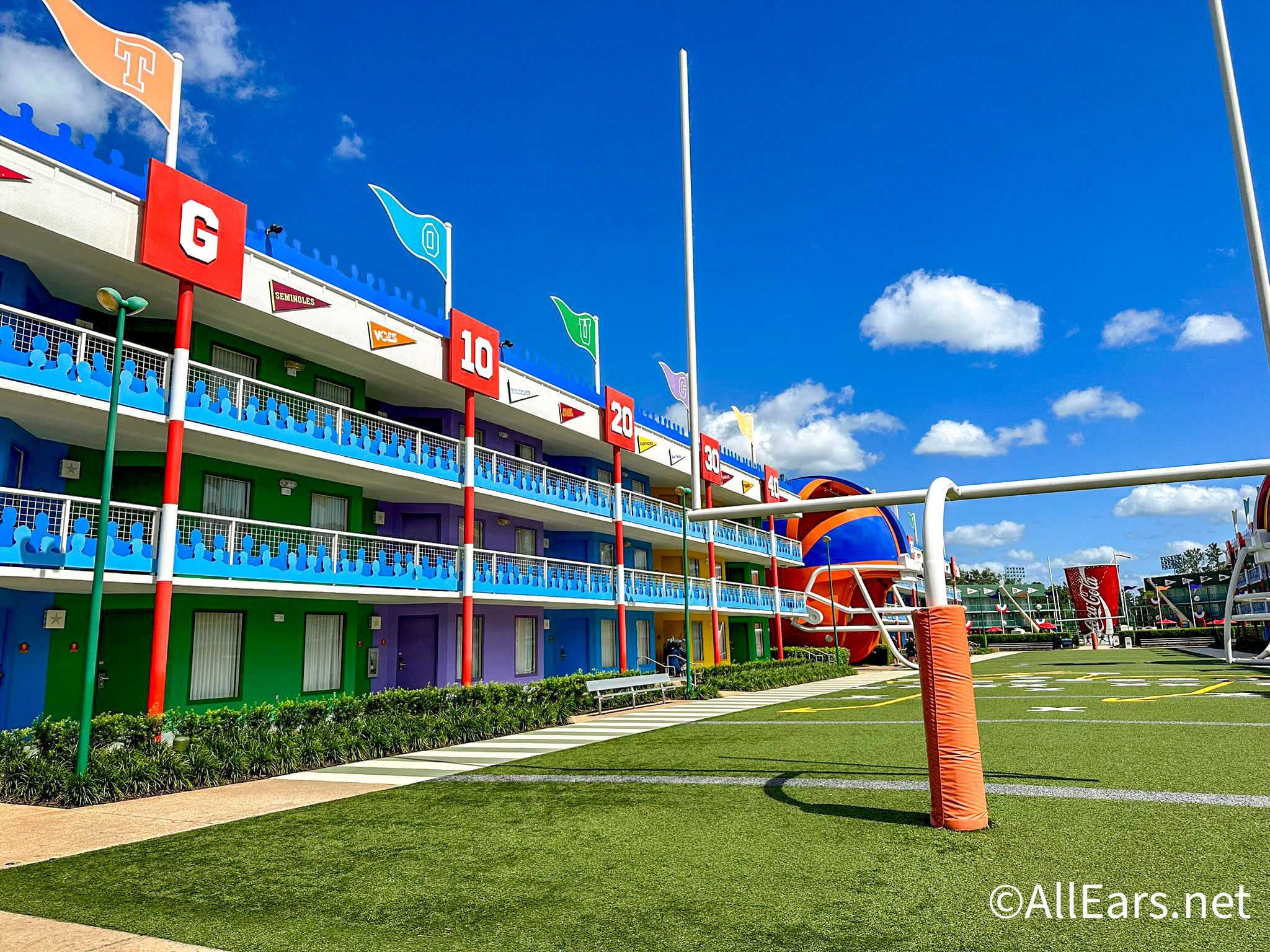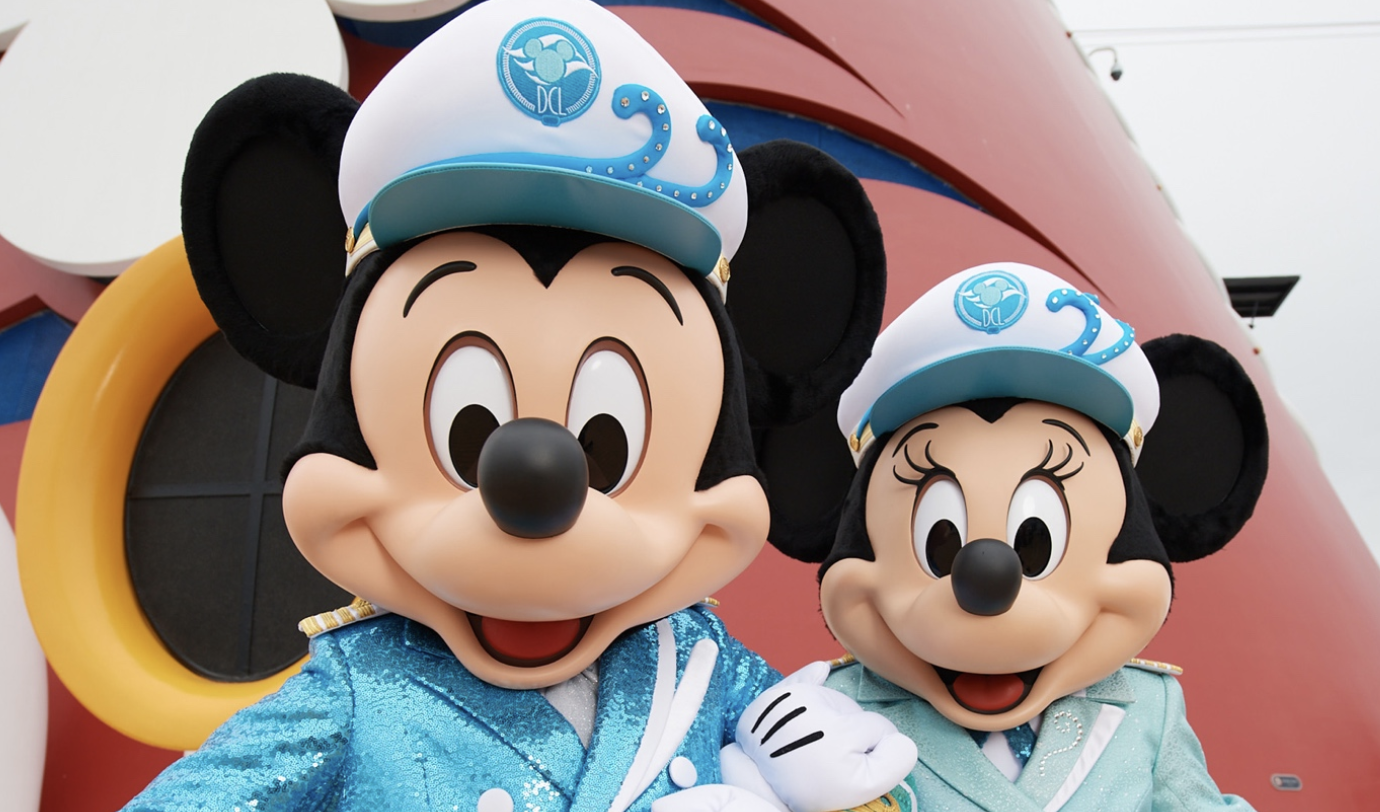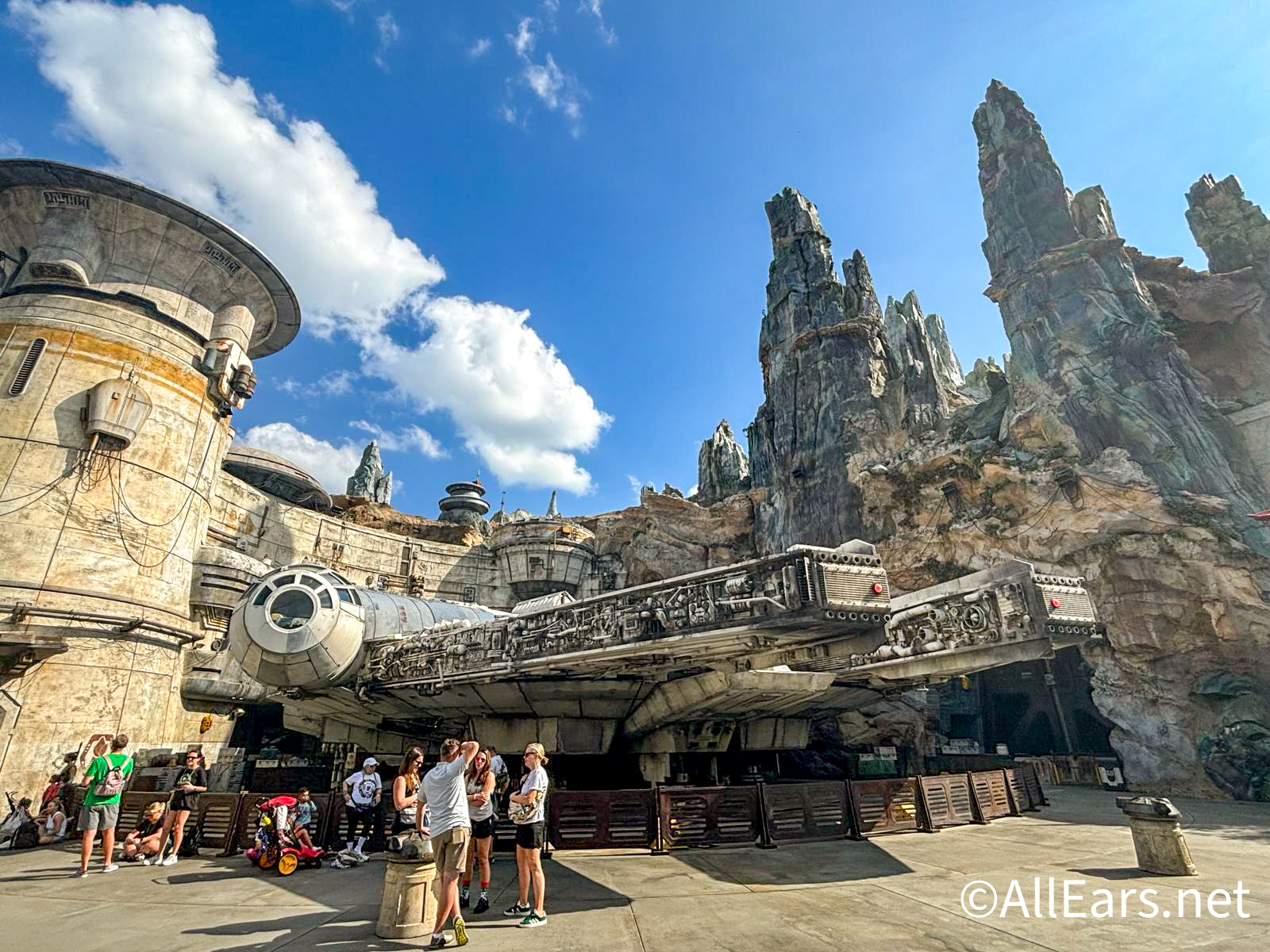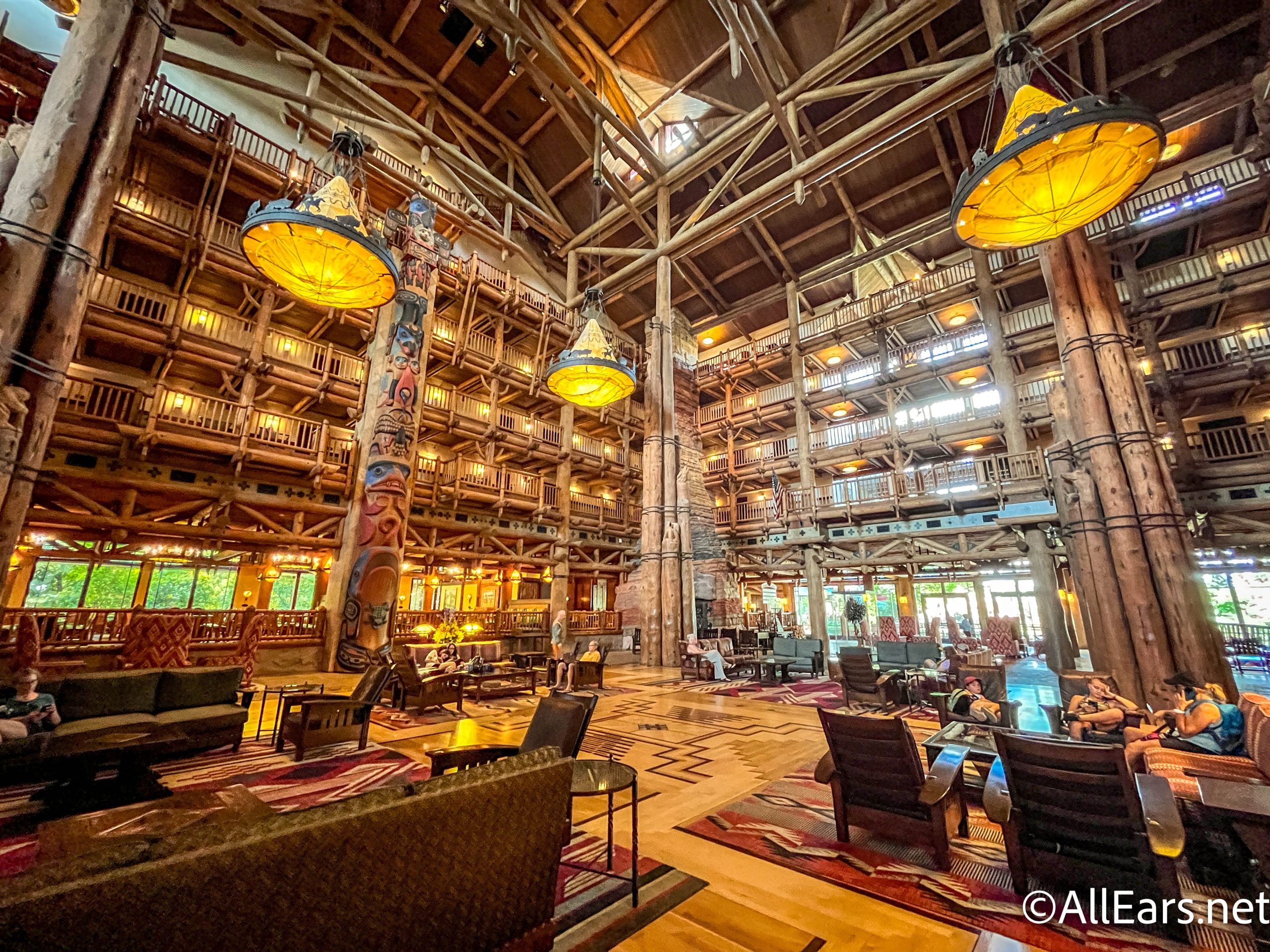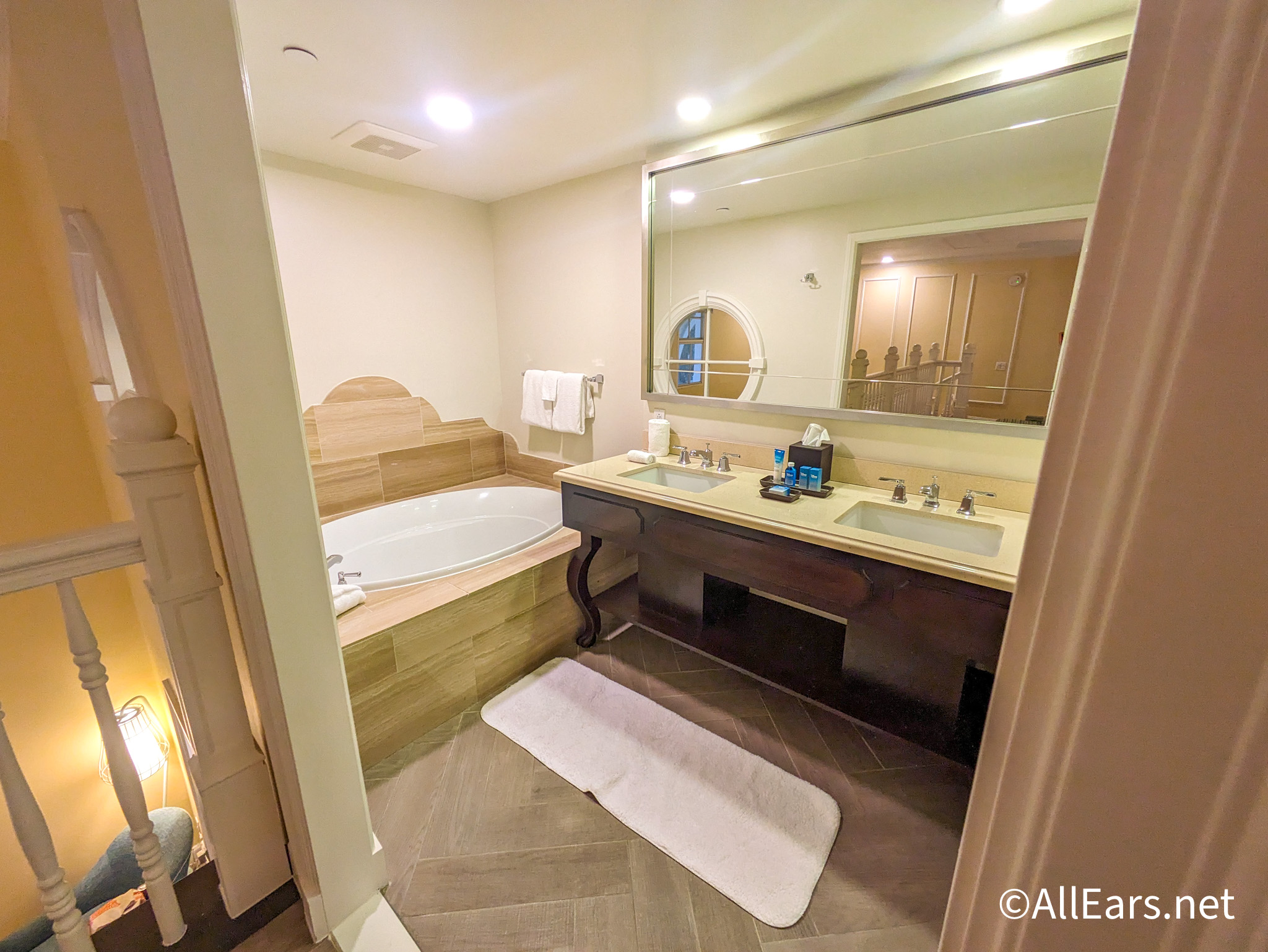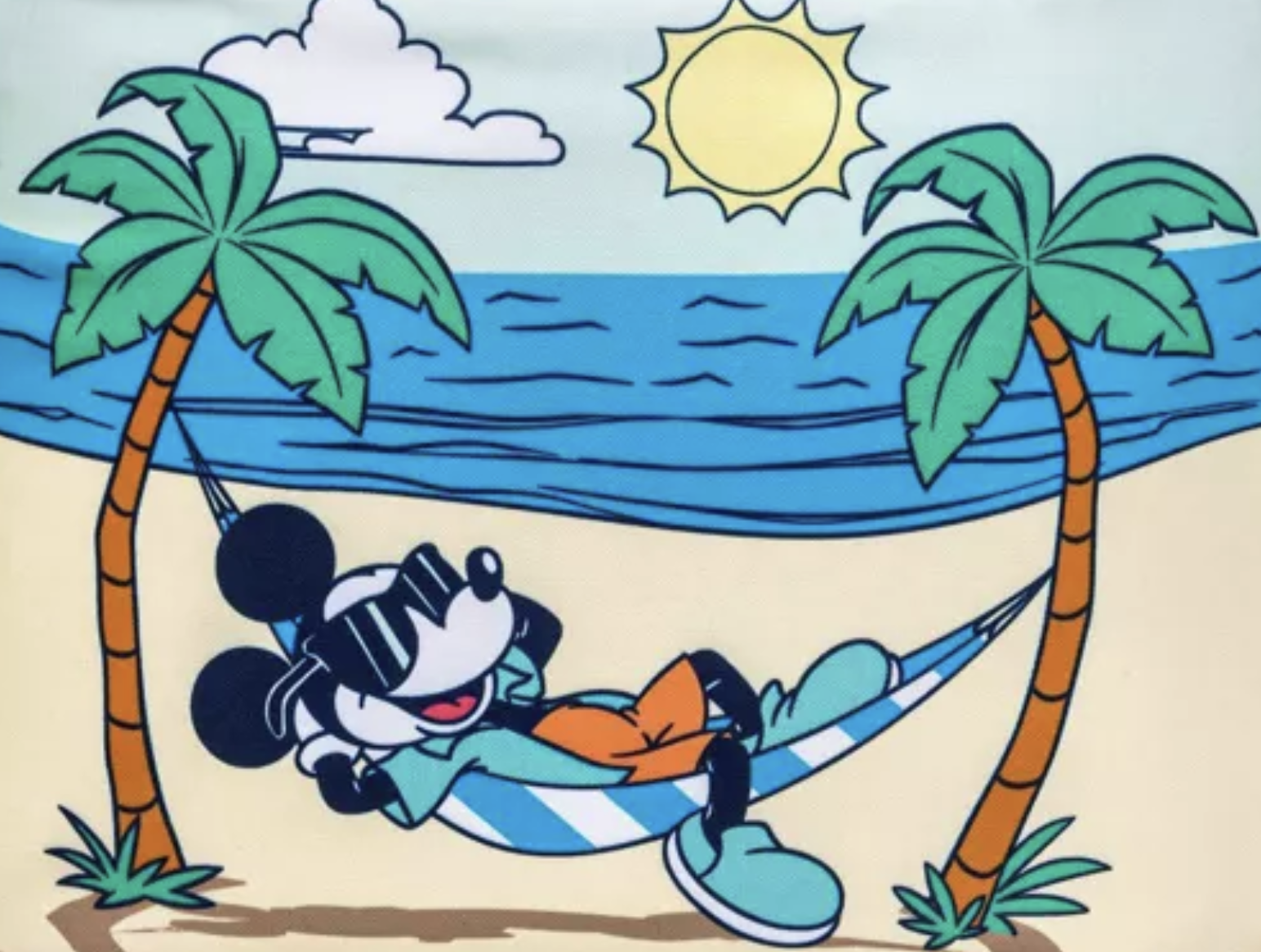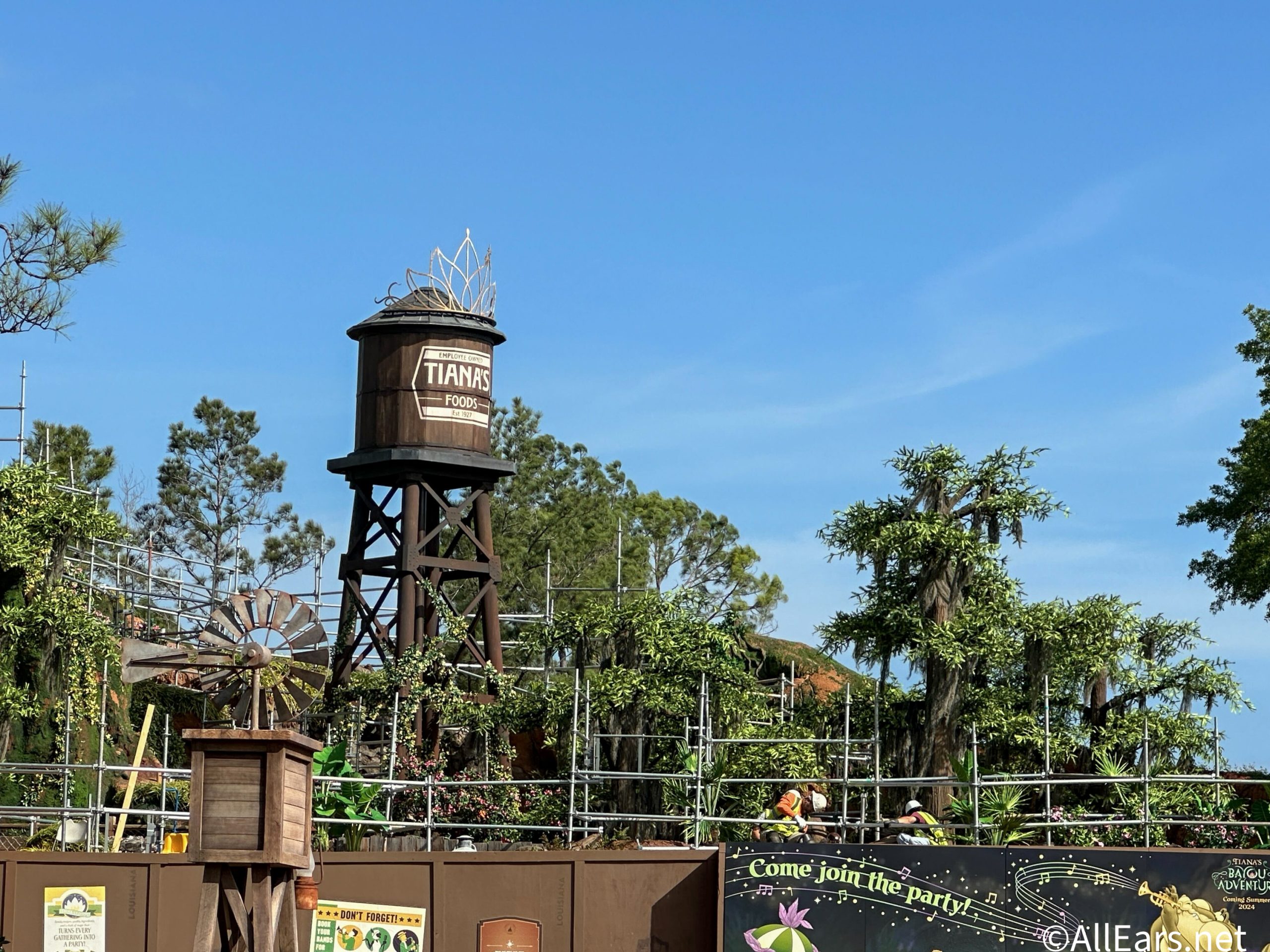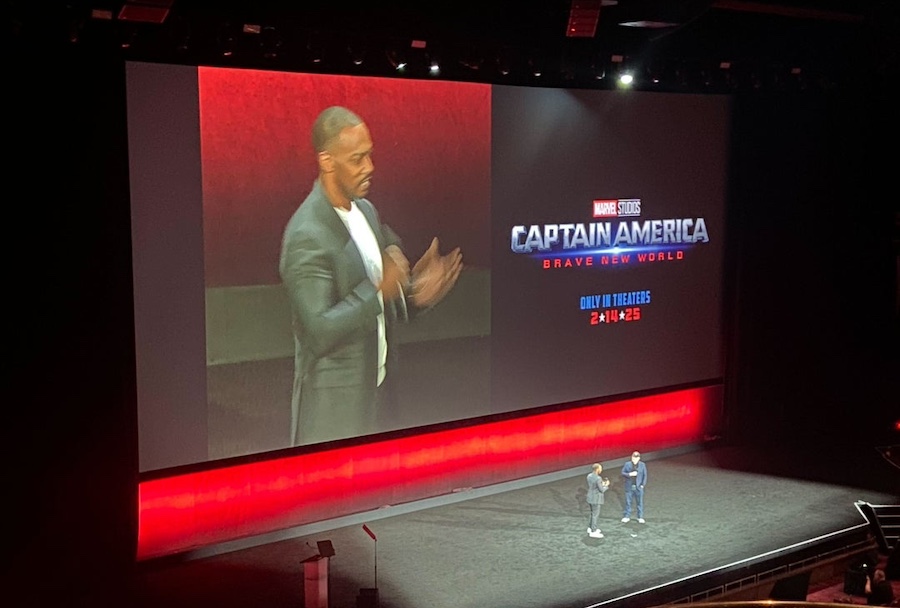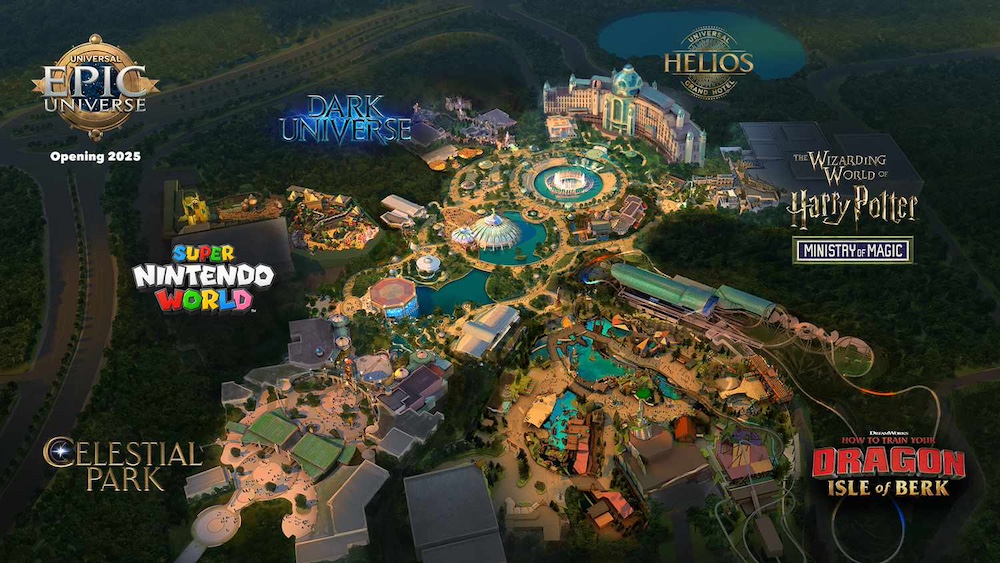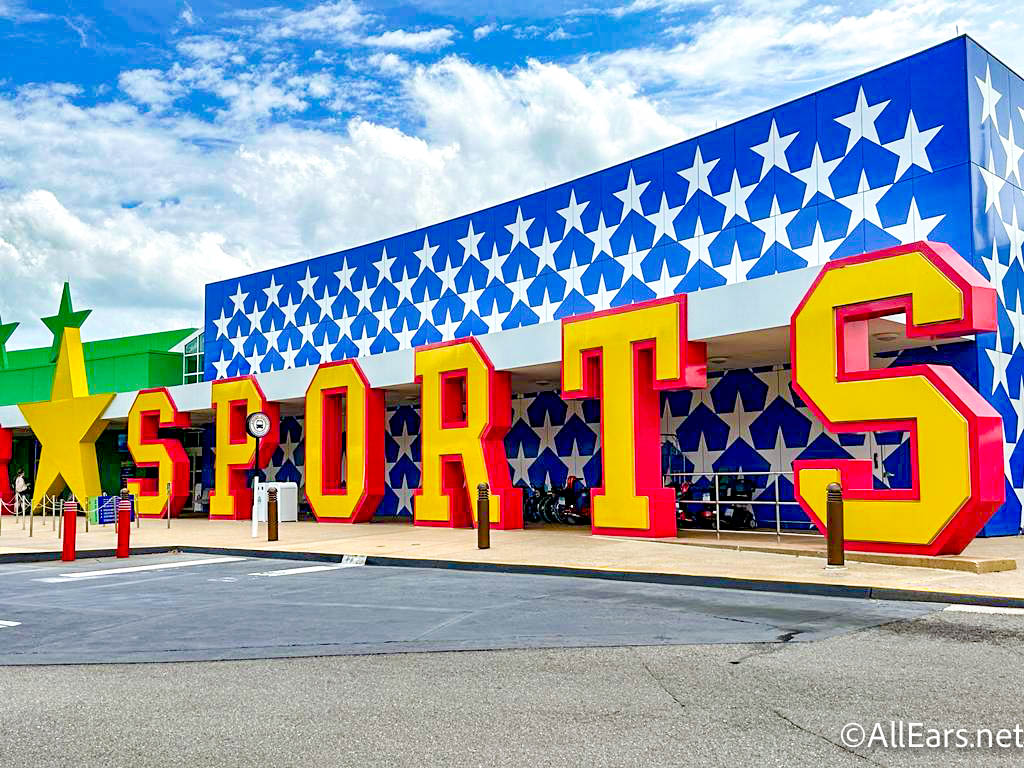Walt Disney World Chronicles: Joe Rohde and Disney’s Animal Kingdom in 1998
by
Jim Korkis
Disney Historian
Feature Article
This article appeared in the April 2, 2019 Issue #1019 of ALL EARS® (ISSN: 1533-0753)
Editor’s Note: This story/information was accurate when it was published. Please be sure to confirm all current rates, information and other details before planning your trip.
I attended a two-hour presentation by Imagineer Joe Rohde, for the opening team of Disney’s Animal Kingdom (DAK) roughly a week before the theme park opened to the public. As the theme park is celebrating its 21st anniversary this month (on April 22), I thought I’d pull out this interview with the man who is largely responsible for Animal Kingdom’s design.
Joe Rohde is Executive Designer and Senior Vice President, Creative for Walt Disney Imagineering. He was the lead designer for DAK and he wanted the cast members to understand the thinking behind the park so they would understand how it was different than the other Walt Disney World parks. He called his speech “a ritual of the transfer of stewardship” from the Imagineers to the people who would be running the park.
Fortunately, I was able to record the lecture, and Wayne Campbell was gracious enough to transcribe it for me so that you can enjoy this short, edited (I removed loose ends and huge sections to try to squeeze in as much as I could), exclusive excerpt that hasn’t been available since it was first shared roughly 20 years ago.
If you’d like me to share more of the transcript in a future column, just write in and let me know. I intend to offer the entire thing to the “Walt’s People” series of books that include interviews with Disney Imagineers, animators and more.
Rohde: “Safari Village (renamed Discovery Island in 1999) is the heart of this park. It’s the hub. You’ll notice if you do go to DinoLand… if you go to Africa… someday you go to Asia… they ALL look like hell. They’re all sort of biodegraded. They’re all weathered. They’re all aged. They’re all peeling. They’re all rotting. They’re all succumbing to the force of nature. They are all about a kind of futility in the force of nature.
“Safari Village is about the adoration of nature. And it is the ONLY clean, pristine, beautiful, wonderful, colorful, rich, saturated area in the park. It is arrayed around our tree — the axis of the park, the center of the park, the cathedral of our park rising up into the sky covered with these images like one of those Italian painted baroque church ceilings, right?
“Just a complete, wholehearted, really over-the-top celebration of the beauty, the wonder, the richness, the diversity, the majesty of animal life on Earth and then arrayed around it — just like a zillion little cathedral towns in Europe — is our little Safari Village, which is ALSO just about the love of the form and the idea of animals.
“And THAT is why it is so joyfully exuberant and colorful and rich in detail and saturated with animal imagery, and that is why we established some of the design rules for it, which were: There will be no decoration unless it is animal decoration, and there will be virtually no earthtones in the entire place. It is about all that intensity of fascination, obsession, and love.
“So, Safari Village is a very unique place. It is narratively neutral. Everyplace else you go, we go way, way, way, way, way out of our way to convince you that you are some specific other place — not here.
“Safari Village is kind of a noplace. There’s nowhere on Earth like Safari Village. It is meant, each time you cross through it on your way from somewhere to another place, to reorient you; to sort of clean your slate and set you up again for another adventure.
“Safari Village is not an adventure. It’s right there for you to see, right? It’s spread out in a nice, clean circle around the tree. You get views of the other lands; that’s not the adventure. The adventure is across the bridge in all those different lands.
“So, let’s just say we’re gonna cross that bridge into DinoLand. DinoLand is about our American love and fascination with dinosaurs, both as real science, as part of our national heritage and as popular cult icons. When you cross the bridge to DinoLand, the marquee for the land is one of those trapezoid roadside signs, you know, with the routed-out letters ‘DinoLand USA, friendliest fossils in America.’ Clearly, you are somewhere along the highway in America. You are at a place where people excavate these fossils and yet they have to make a buck, right? So, you’ve got these two blended ideas that come together.
“There’s all kinds of emotional motifs woven in to DinoLand. Probably the more dominant one is this idea of chaos and order. The front half of DinoLand is just a mess. It looks like a construction site. A lot of the scaffolding that you see out in DinoLand? That’s not goin’ away. That’s DinoLand. Construction material, upheaval, dirt, piles of earth, piles of tools.
“It stands in opposition to the authority and the order and the kind of stuffiness of the Dino Institute itself, which is in the background, which represents a whole other kind of idea. We’ve set up this world of students — grad students — young, refreshing, wild, exuberant; in opposition to their professors who are rather more staid and controlled. And as you look, you’ll see again and again this sort of order and disarray, order and disarray, order and disarray setup.
“Restaurantosaurus, which now has its sign on the roof, is an easy place to see that. You’ve got the sign. The sign is perfectly sane. It says “restaurant.” It is a restaurant, it says “restaurant,” but one of the purported grad students has climbed up on the roof with a piece of corrugated metal and painted “osaurus” on the metal and tacked it up on the edge of the sign. Which is kind of an act of rebellious vandalism, against the very order of restaurant itself.
“The story in the Dino Institute is that the Dino Institute is not so much a museum as it is a corporation. They’re using this time machine the way we, the Disney Company, would probably use it, right? To make a lot of money. And yet there are scientists who want to use it to go save the dinosaur from extinction. They hijack the vehicle, we rocket back into the prehistoric past; we try to save these dinosaurs from extinction.
“We’ll go to Africa. You cross the bridge, you go into Africa. In Africa is our little town of Harambe. Now, Harambe is not anywhere. It is not in Kenya. It’s not in Tanzania, Zimbabwe, Botswana. We deliberately created our own principality because we want to handle conservation themes in a rather hard-hitting way and we don’t wanna get a phone call from the Kenyan consulate every week. Or Tanzanian, or Zaire, or Uganda, or whomever.
“So we have a principality that is of our own creation: The state of Harambe. Harambe is a Swahili word. It means, ‘Let’s pull together.’ Seems like a nice idea for a town. Our town of Harambe is based on any number of coastal Swahili towns that spread down the coast, almost from the Somali border down towards Mozambique. Primarily Lamu, Shela and old Mombasa, along the Kenya coast; but not entirely. There are notes from many other places in Africa woven into Harambe as well.
“It is a modern place, utterly modern. It is not a long time ago. It is not the era of portly white guys with big white moustaches and pith helmets slogging through, you know, the wilds of Africa. It is not some kind of Indiana Jones-y 1930’s, you know, Nazis behind every corner. We made every attempt to de-romanticize it for a couple of reasons. One, we are handling very timely messages.
“They’re not romantic, they’re kinda real, and they need to be set in a real context of real values. You need to recognize these people have telephones. You know, these people have like a radar dish. They know about us, we know about them. We share this world, right? Number two — my personal belief is in our modern world, these images say “Adventure” more clearly.
“It looks like a real place. Your eyes tell you, ‘Oh, this is like real. So something really might happen.’ Now, of course, your brain also goes, ‘No, no, no, no… it’s a theme park! Nothing can really happen.” But meanwhile, every sense you have is saying, ‘Oh, no… this looks kinda real to me.’ It doesn’t look like home. It doesn’t look like what you know. It looks unfamiliar and that is adventure.
“This is a strange, unfamiliar place with a different language all over. You know, a different way of making doors and windows. A different way of plumbing. A different way of applying electricity. Different products on the shelves. Different licenses in the windows to operate a retail facility. Different everything, right? And yet, very clearly, part of our modern world of electricity, of news, of the sharing of information, of economics and values.
“If you look at the map that we’ve created of the little town of Harambe, there’s the river, and the sisal plantation, and the cattle ranch, and the phosphorus mine, and the train line, and the other town, and the highway on the map. So all that is there is Harambe Game Reserve. That’s where the animals are and, if the people of Harambe decide one day that phosphorus is more valuable than animals… [WHISTLES] …goodbye Harambe Game Reserve!
“Because we’ve created this place that is so obsessively realistic, you really can sit down with someone from Africa and talk about what Africa looks like ’cause I’ll tell you, I can’t count the number of people from Africa that we’ve taken out into our fake who have said, ‘Man, this looks just like where I’m from.’
“That’s what we want you to take away. You’re in a living system that depends on you to stay alive. That’s why it doesn’t matter if you see every animal or not. It’s not about seeing every animal. It’s not about identifying every animal. It’s about believing that every animal out there is important and important to the environment and its survival.”
Maybe hearing these words from Joe Rohde will give you a new appreciation of Disney’s Animal Kingdom, especially as it celebrates its anniversary. I hope they do!
============
RELATED LINKS
============
Disney’s Animal Kingdom Overview
The Horticulture of Disney’s Animal Kingdom
Did You Ever Notice These 5 Things in Animal Kingdom?
Overlooked Attractions in Animal Kingdom
Other features from the Walt Disney World Chronicles series by Jim Korkis can be found in the AllEars® Archives.
= = = = = = = = = = = = =
ABOUT THE AUTHOR
= = = = = = = = = = = = =
Disney Historian and regular AllEars® Columnist Jim Korkis has written hundreds of articles about all things Disney for more than three decades. As a former Walt Disney World cast member, Korkis has used his skills and historical knowledge with Disney Entertainment, Imagineering, Disney Design Group, Yellow Shoes Marketing, Disney Cruise Line, Disney Feature Animation Florida, Disney Institute, WDW Travel Company, Disney Vacation Club and many other departments.
He is the author of several books, including his latest, Vault of Walt Volume 7: Christmas Edition. This book is filled with nothing but holiday stories of Walt, the parks, animation, comic books and more and is available in both paperback and Kindle versions. Coming this spring Korkis will release The Unofficial Walt Disney World 1971 Companion, covering the development of Walt Disney World from 1958 when Walt commissioned the first studies through the opening fiscal year 1971-72. Filled with lots of anecdotes from the folks who worked on the project, the book includes a foreword by Tom Nabbe and an afterword by Sully Sullivan.

